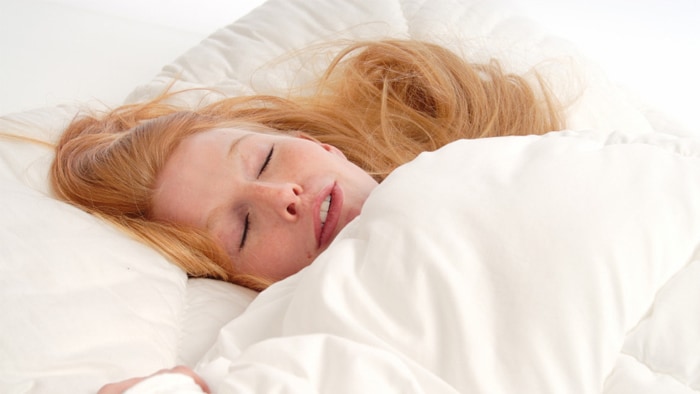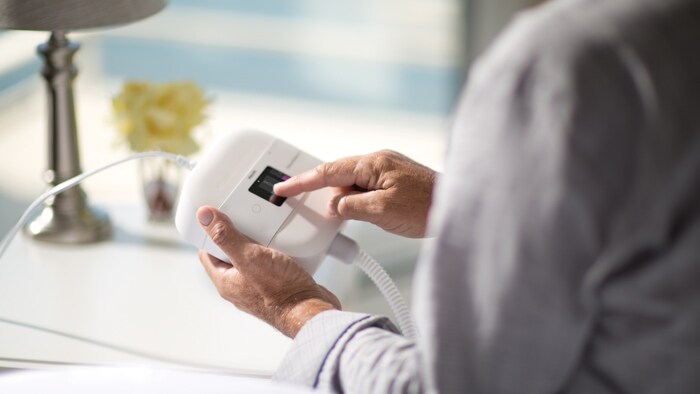A Night in the Life of a Sleep Study Patient
You arrive by 7 p.m. ready to tuck in for the night. No, it's not a luxury hotel suite with room service, but it's also not a sterile room where you're hooked up to numerous gadgets and leered at while a team of medical experts poke and prod you and listen to you snore.
If that's what you envisioned when you think about having a sleep study, we're here to ease your mind. While granted, it might not be the best night's sleep you've ever gotten, having a sleep study is a crucial way to help diagnose sleep disorders like sleep apnea, which can not only help save your life but can put you on the path to a good night sleep every night.
“There are very few outpatient medical tests that require a patient to be connected to wires, wear pajamas, and sleep in a medical facility. While a sleep study is different than other medical tests, it does not have to be intimidating," says Dr. Neil Kline, D.O., internist and sleep physician and representative of the American Sleep Association.
Patients don't realize that sleeping in a sleep center is very much like sleeping in a hotel—well minus some of the luxuries. However, sleep study rooms are designed to look like hotel rooms. The biggest difference though is that you'll have wires attached to your body.
Kline says the sleep study process is simple and painless. Here's what happens:
- Patients check in after dinner and bring along comfortable sleep wear plus any favorite bed gear like a pillow or blanket they prefer.
- Patients are then hooked up to about 20 wires, attached before bedtime and connected with adhesive paste, clips, and tape. “Once the patient is in bed, ready for sleep, the wires usually do not interfere with sleep," says Kline.
- They can read, relax or even watch television before going to sleep since many sleep centers have TVs in the room. Plus, patients are encouraged to follow their pre-bedtime sleep ritual then drift off as they would at home.
- In the sleep center, a sleep technologist monitors the patient from another room. The technologist's job is to collect the data and ensure the patient's safety. Most centers use infrared cameras as well as microphones to communicate with the patient if necessary.
- The technologist records several biologic signals that help to evaluate sleep patterns. These signals include EEG (brainwaves), EOG (eye movements), EMG (muscle movements), EKG (heart rhythm), breathing movements, and oxygen levels. After the data is collected and processed, it is sent to a sleep physician for interpretation. The sleep physician can then rule in or out any sleep disorders that may need treatment. “Sleep studies are generally sufficient to diagnose or exclude sleep apnea," says Kline. Though occasionally, a repeat sleep study is required if there is inadequate data. And yes, patients actually sleep a significant amount of hours during their study. “It is rare for someone to not sleep at all," Kline says. In the morning, the patient is disconnected from the electrodes and can leave the sleep center. It's valuable to realize that going through a sleep study is a painless experience. While there is some inconvenience with having wires attached to the body, the overall experience is not that different from sleeping in a hotel—minus the room service.


